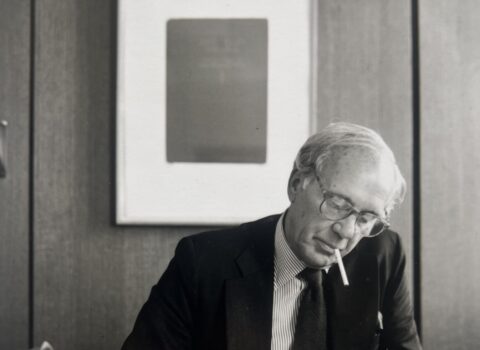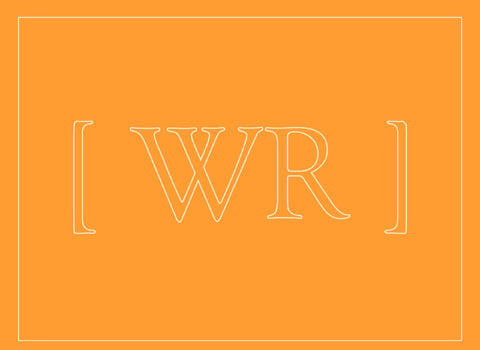The Art of Outrage
We defend Charlie Hebdo’s right to publish its cartoons—and our right to critique them.
In June 2006, a few months after the publication of cartoons depicting the prophet Muhammad in the right-wing Danish newspaper Jyllands-Posten caused violent demonstrations throughout the world, Harper’s Magazine published an essay by Art Spiegelman called “Drawing Blood: Outrageous Cartoons and the Art of Outrage.” Spiegelman was no fan of the Danish cartoons—he said they were “banal” and called the Jyllands-Posten “disingenuous when it wrapped itself in the mantle of free speech.” But he did think that they needed to be seen to be understood.
Spiegelman’s essay included a reproduction of each cartoon with his commentary next to it. The stupidity of the most Islamophobic ones was laid bare, and subject to ridicule. By reprinting all of the cartoons, however, Spiegelman could point out that three of the twelve images were attacks not on Muhammad but on the newspaper’s motivations: one artist drew a Muslim boy who had written “The Jyllands-Posten journalists are a bunch of reactionary provocateurs” in Farsi on a blackboard. Suppressing these images would have suppressed that message too.
In the wake of yesterday’s attack on the office of Charlie Hebdo in Paris, publications around the world have had to reprise the discussion of whether or not to reprint material that some found so offensive it drove them to murder. Many have declined to do so, professing, in Spiegelman’s words from 2006, “a high-minded nod toward political correctness that smelled of hypocrisy and fear.” (The New York Times, he continued, was willing to reprint a blasphemous painting of the Virgin Mary by Chris Ofili because “thin-skinned Christians are more likely to blow up abortion clinics than newspaper offices.”)
In an interview with Democracy Now! this morning, Spiegelman praised the editors of Charlie Hebdo for being “equal-opportunity defamers.” When it comes to the targets that Harper’s Magazine picks for itself, we’d much rather talk about the CIA torture report than take potshots at Muhammad. But we defend Charlie Hebdo’s right to publish its cartoons—and our right to critique them. In the meantime, we echo Spiegelman’s conclusion from 2006: “I propose that all armed combatants be yanked from the Middle East, and I dream of battalions of cartoonists airlifted in from all corners of the globe to replace them! Feelings will no doubt be badly bruised, but in the end may the artists with the sharpest pen points prevail.”




